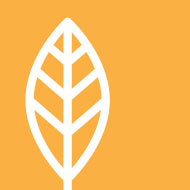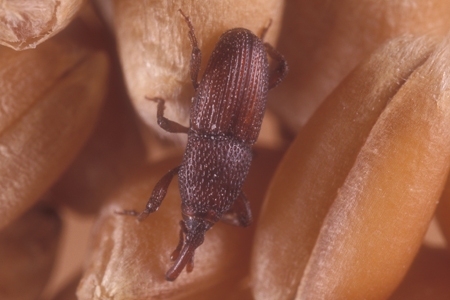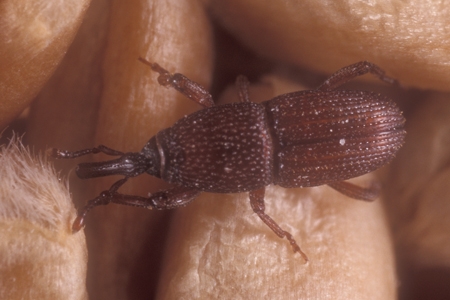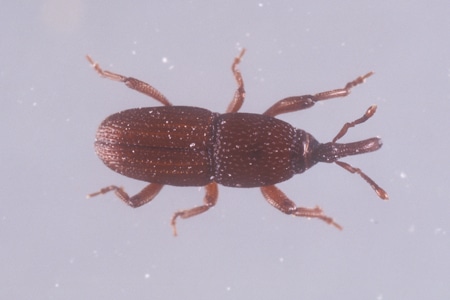Active Seasons




Appearance and Size Facts of Granary Weevils
A common pest in south Florida homes is the granary weevil. They’re beetles that can damage stored goods and food. They have an elongated snout, a reddish-brown or black color, and are about 3 to 5 millimeters long in adulthood. Unlike rice weevils, granary weevils don’t have yellowish markings on their wings. They’re shiny, making them easy to recognize.
Identifying Granary Weevils From Other Beetles
Granary weevils are different from other beetles as they have a longer snout. They usually have a cylindrical shape and display dark brown or black coloring. It’s also common for granary weevils to infest stored grain products, making their presence in pantries or food storage areas a sign of their presence.
We offer pest control for granary weevils in the following locations and their surrounding areas:

Behavior and Habitat of Granary Weevils
Mainly infesting grains like rice, wheat, and corn, granary weevils lay their eggs inside the grains, where they develop and feed. Adapting to various climates, they can survive in multiple temperatures. Granary weevils don’t fly far but can fly short distances, allowing them to spread quickly within your home.

Signs of Infestation of Granary Weevils
Finding adult granary weevils on or near stored grain products is the most obvious sign of an infestation. By looking at their long snouts, you can easily find them crawling or flying around. You can also see small, round exit holes in grains when the adult weevils emerge after their life cycle ends. Due to larvae feeding on the interior, infested grains may look powdery. A webbing or silk like material within the stored grain is another sign of an active infestation.

Tips for Prevention of Granary Weevils
It’s better to prevent granary weevil infestations than to deal with them. Before storing any packaged grains, make sure they’re free of infestations by looking for the appearance of adult weevils, exit holes in the grains, or an unusual powdery residue.
Keeping your storage area clean and dry is also critical, as granary weevils thrive in warm, humid environments. Keep your pantry clean by vacuuming regularly to prevent spills and debris from accumulating. Additionally, storing grains in airtight containers or tightly sealed bags significantly reduces the risk of a granary weevil infestation.
Getting Rid of Granary Weevils
Getting rid of granary weevils in your home or business is as easy as hiring a pest control service. To combat granary weevils effectively, trained professionals are essential. They have the expertise to administer the proper chemical treatments. With their knowledge and experience, you can ensure a thorough and efficient resolution, providing peace of mind and protecting your property.
Effective Granary Weevil Control Solutions
Dealing with a granary weevil infestation can be challenging, but if you seek professional assistance, you can easily resolve it. With over 50 years of experience, Hulett Environmental Services is an excellent choice for pest control services in outh Florida.
We have friendly technicians who know how to control granary weevils and other common household pests in Florida. Request a free inspection or give us a call if you have any questions about granary weevil control in Florida. Let us help you tackle your pest problem quickly and effectively.



